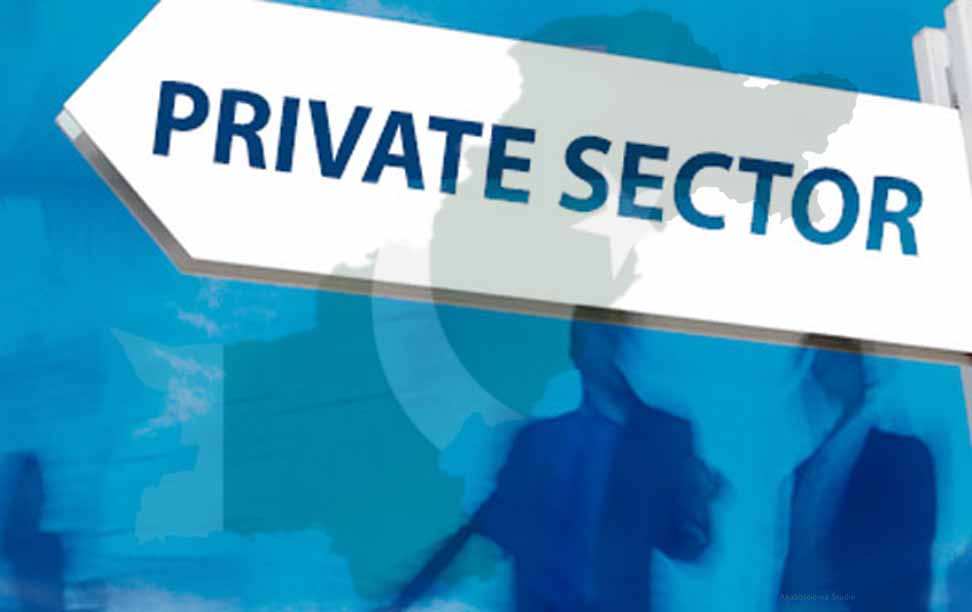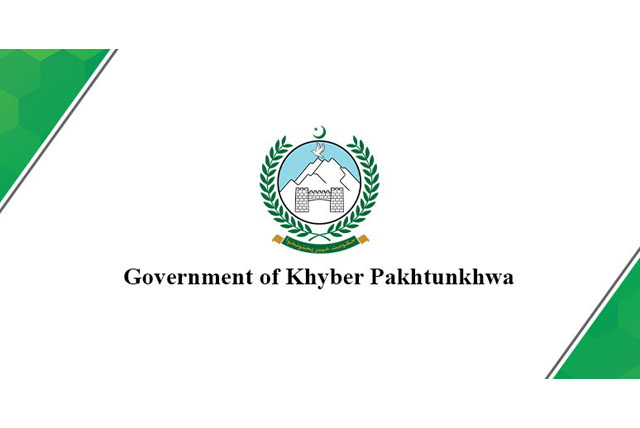June 11, 2021 (MLN): Whenever you think of lighting, what’s the first name that pops up in your mind? There’s only one answer to that question: Philips.
For a long time, the name has been synonymous with lighting and was generally the first choice of brand for the vast majority, at least those who could afford it.
However, the last few years, the economy hasn’t been kind to the vast majority of Pakistanis who have seen their purchasing powers shrink as a result of not only stagnant wages but also rising inflation.
Neither has it been kind to Philips (Signify Pakistan), which has not only seen increased costs as a result of rupee devaluation and the broader deterioration in economic situation, but also the increased competition from an influx of cheap Chinese products eating away a share of the usually-price sensitive market of Pakistan.
The 2019 financial numbers might have already been hinting this as the company’s bottom line turned red from black. Then Covid-19 struck, making things worse, at least at the regional level.
To talk about the company’s performance of late and the underlying trends in lighting industry, Mettis Global interviewed Signify Pakistan’s CEO and Chairman, Asad Said Jafar, who has been leading the country office of the global giant since 2009. Before that, he served in leadership positions across various markets for Philips. He holds a bachelor’s degree in Electrical Engineering from NED University, Karachi and an MBA degree from Imperial College Business School, London, UK where he studied as a Britannia Chevening scholar.
Below are the transcripts.
Signify Pakistan’s bottomline edged lower in 2019 and based on the cumulative regional numbers, things seem to be getting worse even at the topline level. What trends have you guys witnessed over the last year or so?
2019 was a good year for us as our topline grew at a high single digit, outpacing that of the overall lighting market. However, PAT might not be the best metric. In fact, if we look at the gross profit, it remained almost the same compared to 2018 and even registered growth if we take out the special provision recorded the preceding year. As for 2020, it was obviously a challenging year for the whole world and our region – Middle East, Turkey, Africa and Pakistan – as well. In Pakistan, we started out on a high note, performing well in the first quarter. But the lockdown was imposed in late March and everything was virtually shut in April and May so the second quarter hit us, and most other companies, hard.
In those days, the only business we could carry out were the few projects that were still running. From June 2020 onwards the business started recovering and this trend continued every month in the third quarter and by the fourth quarter, we were already at the level planned before Covid-19.
Can you tell us about your product offerings and the corporate versus retail mix of sales?
If you talk about the lighting industry, Signify is the largest lighting company in the world and has three divisions globally:
· Digital Solutions includes luminaires, lighting systems and services for the Internet of Things serving the professional segment.
· Digital Products: includes LED lamps, luminaires and connected products, including Philips Hue and Wiz, and LED electronics for consumers, professional customers and OEMs.
· Conventional Products continues to focus on conventional lamps and electronics for professional customers, OEMs and consumers.
In Pakistan, we have mainly two sales channels, Consumer and Professional, with the latter covering all segments: a) public projects such as stadiums, road lighting etc; b) office and industry; c) retail and hospitality. Within the professional channel, we also have a professional trade channel for projects and customers which we may access through our channel partners and via the retail market. Consumer segment mainly comprises the consumer trade network supplying mostly through retail stores but also via online medium and modern retail stores.
The split between the two channels as it stands today is roughly 60-40 in favour of the consumer but this mix can vary depending on business conditions. However, we are trying to increase the share of the professional channel and make it at least 50-50 or even bigger on the professional side, whilst increasing the overall market share in both channels. There are a few reasons for this. The kind of products we sell through the consumer channel will always come under pressure in terms of pricing as many competitors exist in the market.
On the professional side, there’s a lot of opportunity for us to move beyond just products and leverage our strength in innovation and technological advancement.
The kind of complete solutions – such as design services, system capabilities including hardware and software to program the lighting and improve energy efficiency, or even installation and maintenance – that we can offer has the potential to have a huge impact in the way lighting is done and therefore we want to grow this channel further.
What are some other technological innovations and growth opportunities you are looking at with respect to the Pakistani market?
There are a number of exciting areas where Philips is leveraging its rich history of research and development to come up with innovative products and providing the solutions to a wide number of applications. For example, Ultraviolet (UV-C) lighting, which is an invisible light, spanning in the range of 200-280nm and has powerful germicidal properties, breaking down the DNA and/or RNA of viruses, bacteria, spores and molds in air, water or surface, rendering them harmless.
It can play a vital role in disinfecting air, surfaces and objects in schools, (food) retail, etc, providing people a virus-free space. Philips has more than 35-years’ experience in UV-C lighting and strong applications experience. Research conducted by Boston University confirms the effectiveness of Philips UV-C lighting on deactivating SARS-COV-2, showing that more than 99% of the virus was deactivated in six seconds. To meet the growing demand for disinfection, we are stepping up our efforts in UV-C lighting by expanding our portfolio with a broad range of end products for professional applications.
In agriculture, our lighting for horticulture, fish and other animals is expanding as we respond to the need to help feed a growing world population. Horticultural lighting can enable plant growth all year round with better growth predictability, quality and yield. We are also eyeing solar-powered lighting – which is a safe and sustainable technology – for professionals and consumers. Then we have 3D printing, which enables us to serve customers quickly and allows them to tailor existing designs or for us to create bespoke designs. This form of manufacturing lets us use recyclable and recycled materials and this ability to print on demand means less inventory.
Finally, Signify provides the world’s fastest commercial LiFi systems. Our Trulifi range offers highly reliable, secure and fast internet connection alongside great quality Philips light. Trulifi is ideal for use in radio frequency sensitive environments or areas with poor or no wireless connection or where conventional wireless is prone to interference. LiFi offers more than 1,000 times the spectrum as radio waves.
What are you guys doing to control the supply of counterfeit products under Philips brand name? How does the company plan to tackle this increased competition?
When Philips was divided into two parts in 2016, one entity continued to focus on healthcare and consumer lifestyle products while lighting became a standalone entity and renamed Signify. Being a leading brand, there’s always been a temptation from competitors to imitate us. It can be through similar packaging or playing with one or two letters. In such cases, we assess if it’s worthwhile to go after them for which there are a few legal options available. However, the larger question is regarding imports from China and the proliferation of relatively cheaper and low quality products.
That’s a very real situation. In fact, one of the consequences of moving from conventional to LED lighting has been that the number of players – mostly from the bottom of the pyramid – went up. Unfortunately the adherence to certain quality standards is weak so more entrants have come in. What we do is raise the issue at various platforms available and are working entities such as the National Energy Efficiency and Conservation Authority to promote adoption of minimum energy performance standards.
But it’s not like the old days where you had a few lighting companies competing with each other. Now the number of players is high but you don’t really see any brands as such here. There are a few ways to counter this increased competition. First you have to be very well aware of the price index and knowledge of the market. Second is obviously our global strength in innovation and scale that always keeps us striving for more efficient ways.
Third, at the local level, you can implement different supply chain structures such as local assembly in Pakistan where it is feasible, which we are already carrying out for a sizable range of our products. In addition to this, our distribution and reach comes into play, as Philips is available in every city of the country – something others can’t match.
IoT seems to be one of the key pillars of Signify’s global strategy. What initiatives have been taken in this regard here in Pakistan?
At Signify, connected lighting is a key priority for us. In March 2018, we launched Interact – our professional connected lighting software and systems brand. Interact brings together connected lighting systems, and the data those systems collect, with intelligent building, smart city, and other IoT technologies. It enables data to be collected via sensors embedded in luminaires. Its Application Program Interface enables the integration of connected lighting with other management systems and offer data-enabled services.
For instance, in the context of road lighting, our solution called ‘Interact City’ enables us to bring the entire network of the city’s road lights under this platform, and through IoT every light of point can be programmed and monitored, and you can plan out maintenance routines accordingly. Likewise, we have similar solutions for shopping malls, industries, and offices. These solutions make the lighting system flexible, programmable and enhance the level of flexibility and energy efficiency. Applications for shopping malls for example can make use of sensors to provide data to gauge occupancy and movement of shoppers. Similarly we have Interact solutions for facade & monument lighting, arena & sports lighting and industry.
Specifically in Pakistan, IoT is at the initial stages but we are at the moment doing several pilots both in the public sector as well as the private housing schemes. Then we are also doing some projects with shopping malls for facade lighting. Insha’Allah during this year, there will be a few real-life examples in the country. Our effort is to ensure that the majority of the products we sell in the near future should be connectable, at least, with respect to the product configuration, so that they can become part of a connected lighting system in the future.
On the consumer side, our connected home lighting solution has been around for some time, and we call this Philips Hue and we have recently introduced another connected home lighting solution called Wiz. On the question of whether it is finding traction, it is still early days, but we are making efforts to bring this knowledge to end users as well as to designers and consultants to help them understand the amazing possibilities that are now available through connected lighting. Connected lighting can also drive down the energy load very significantly.
Mettis Link News







